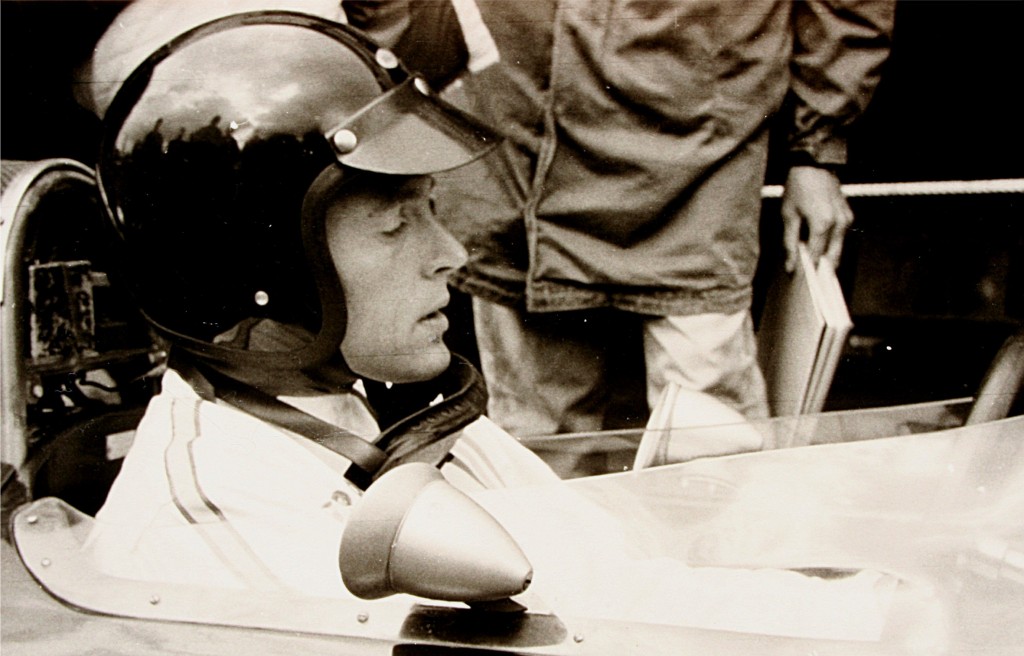Ferdinand Alexander Porsche, a designer who shaped many beautiful products, passed away yesterday. He is pictured above astride one the truly iconic designs of the 20th century, the Porsche 911. His Porsche, his design.
As an aside, how cool would it be to pose for a photo on a product of your own imagination? Pretty cool, I think.
To my eyes, the Porsche 911 is an object I never tire of. Particularly in its early incarnations, there's a very clean and pure design aesthetic at work. I also love the later 911's, with their shapely hips and bulging flares and scoops and spoilers, but the original design offers something different: formal, modern minimalism very much in keeping with the work of Dieter Rams from the same period, yet still connected to the flowing, ur-Porsche shapes and surfaces penned by the great Erwin Kommenda in the 1930's. In many ways that link between the streamlining period of car design and the very rational approach of the 1960's drives my abiding love of the 911 aesthetic: it is emotional in the right places, technical in the rest, and the combination just feels the way a sports car should: emotive, efficient, compact, agile.
I often think about cars I would want to have parked in my living room as sculptural objects, and an early 911 is at the fore, along with a Citroen DS, a Fiat 500, or a Saab 92. They all have their genesis in a certain time period, which probably says more about me than it does about them. But what I do think we can learn from all of these, and from Ferdinand Porsche and the 911 in particular, is the paramount importance of having a crisp point of view. Product experiences that are remarkable to use, to behold, to feel, are always the result of talented people who not only know what they're shooting for, but know what good looks like. If you want to have a thriving business concern, focus on creating great offerings first by hiring the best talent you can find an letting them run.
As an engineer, I can't help but admire the 911 from a dynamic standpoint. Here is a classic example of an approach which works in practice but not in theory. Who would have thought that this rear-engined architecture would go on to win everywhere from Le Mans to Daytona to Pikes Peak? The inherent maneuverability and traction advantages of the 911, when put to good use, provide a textbook case of strategy being the art of making the most of what you have that other's don't. A 911 is not a normal car, does not drive like one, and therefore can win in ways different from the mainstream. For a more visceral perspective on that thought, please see my other blog.
Back to the man. For me, the lesson I take from his story is that we must all strive to design our own lives. He was lucky enough to be born into a successful family which was also a company. On the other hand, imagine being born as Ferdinand Porsche, with a genius grandfather who defined many aspects of the automobile, and a successful industrialist father, who created a startup and navigated it to become a world-class brand. That would be a tough legacy to live up to. For some, that would be too much weight to carry. I think for Ferdinand Alexander, the key was that he was honest enough to say that he would be an industrial designer, and not an engineer like his father and grandfather. By doing so, he was able to express a deep congruence between his own dreams and the path of the firm, which resulted in the 911. When those two diverged, he expressed the entrepreneurial instincts which I believe all great designers carry, and founded his eponymous design firm, which went on to create many lust-worthy products.
So at the end of the day, whenever I see a 911, I'll think of the individual behind its shape, whose most worthy design was perhaps the arc of his own life.

